The trade in tiger bones is wiping out our planet’s last remaining tigers
The tiger bone industry is one of the greatest threats to wild tiger populations. The illegal trade sees tigers poached from the wild, bred in captivity and then killed for their bones and body parts, which are used in “traditional Chinese medicine” (TCM) and luxury products, primarily in Asia.
The trade persists despite international bans, and is enabled by legal loopholes in countries like South Africa. The more demand grows in Asia, the more tigers are farmed in South Africa, Asia and even Europe, leading to widespread abuse of the species. The ever-growing demand also fuels poaching in Asia, where this species and many others continue to be relentlessly hunted for their black-market value.
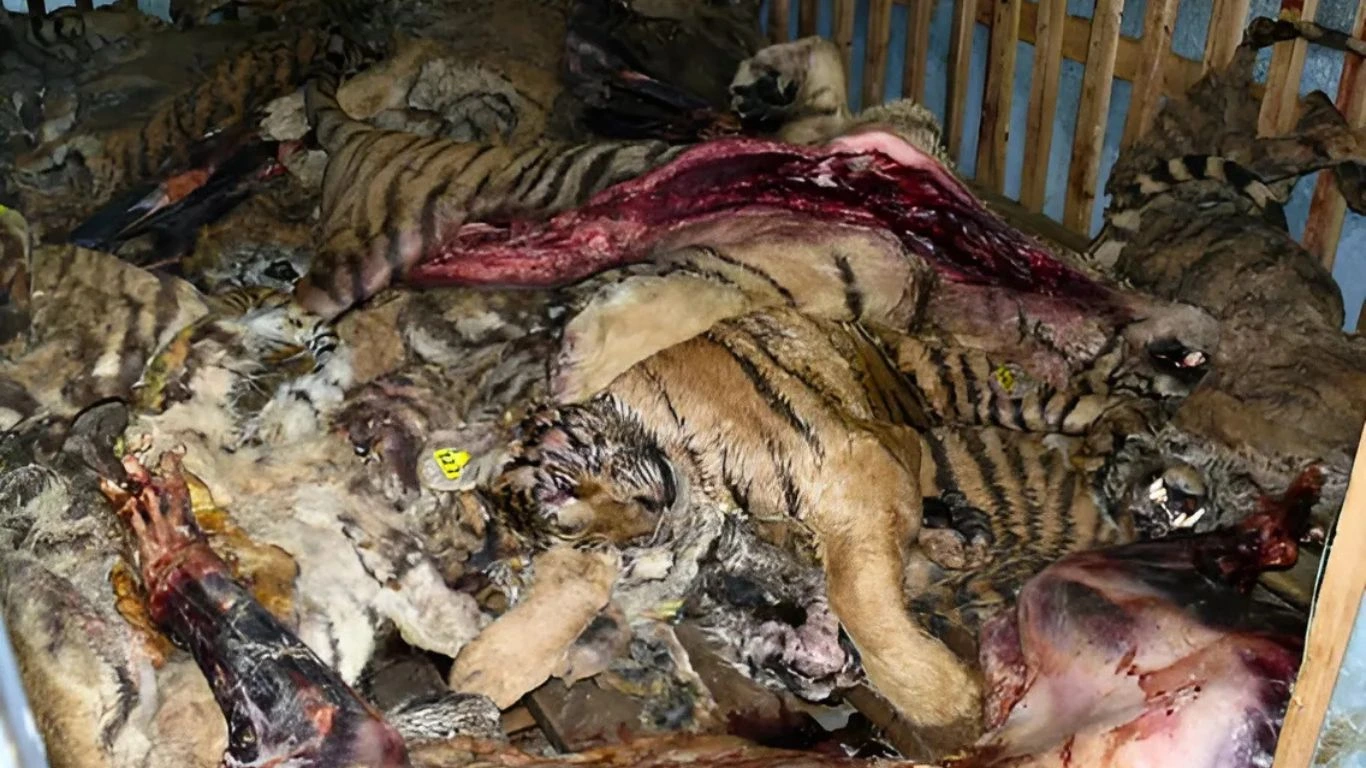
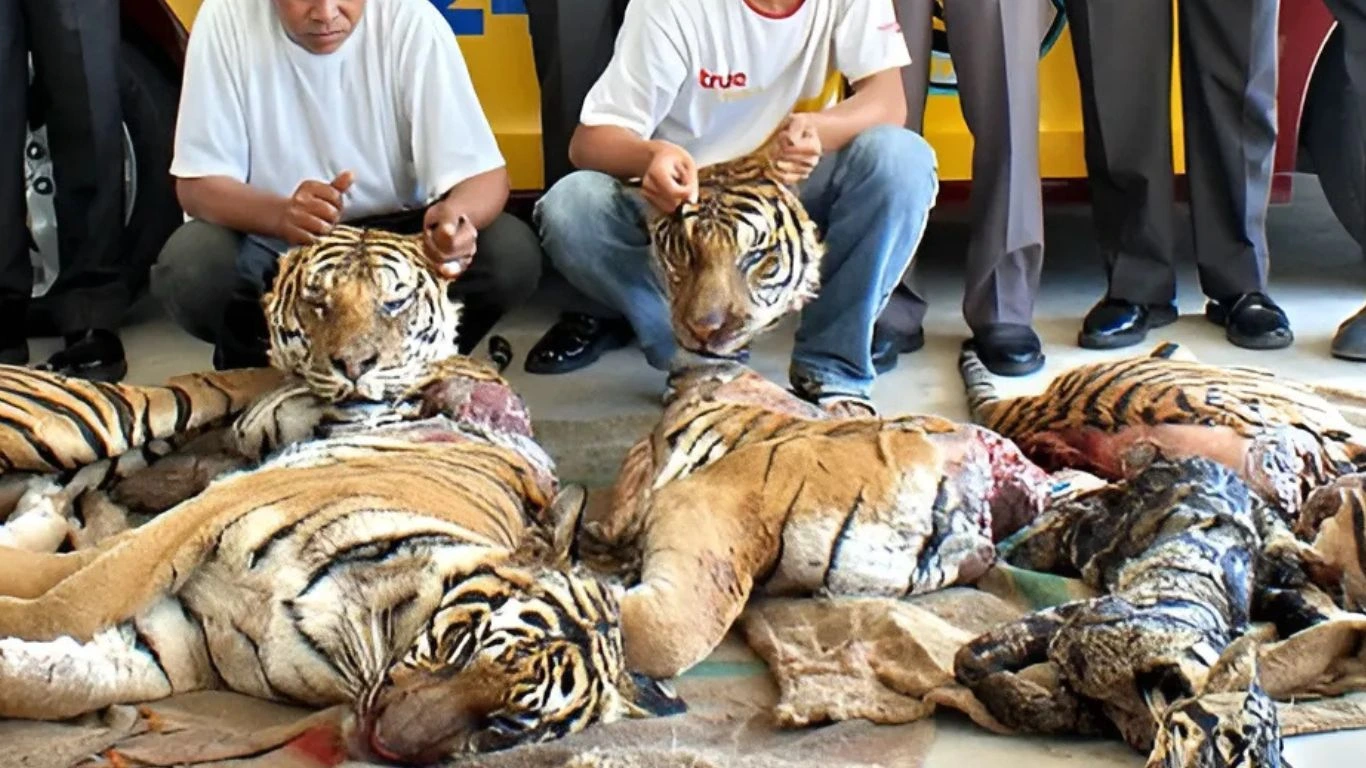
Tigers have declined by 97% in the last 100 years.
Around 100,000 wild tigers existed a hundred years ago. Today, only around 3,200 to 5,900 are estimated to remain in the wild, just 3% of the former population. Habitat loss and the illegal wildlife trade are the two greatest contributing factors to the species’ decline.
From whiskers to bones, almost every part of a tiger’s body is harvested for fake medicinal cures.
In traditional Chinese medicine, nearly every part of a tiger is believed to hold pharmaceutical value. The animals’ bones are of the greatest value, used in wine and other applications to “treat’ ulcers, illnesses, burns and pain. Whiskers are worn as talismans or used to soothe toothache. The animal’s penis is marketed as a sexual tonic, and its skin is worn as a perverted symbol of wealth. Even tiger fat may be harvested for traditional use in treating aches and pains.
None of these so-called “cures” have ever been proven to be effective.
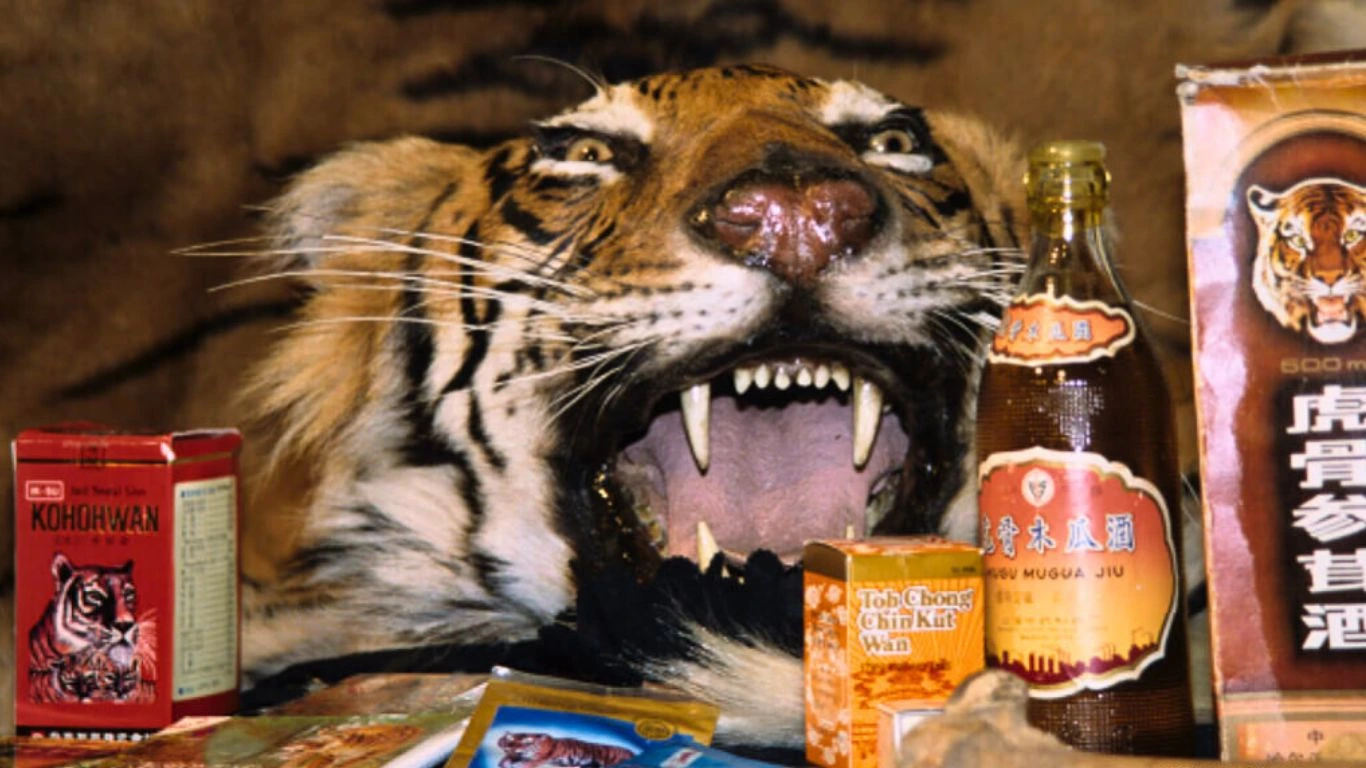
Tigers are bred and traded like commodities, with no thought given to their sentience or rights as living, breathing, feeling creatures.
Infants may be stolen from their mothers immediately after birth, then hand-reared and used in petting zoos or as photo props for tourists. Once they become adults, they may be sold to trophy hunters or killed for their parts, which are exported to Asia under the guise of ‘lion bones,’ which may be legally exported. During every cycle of a tiger’s life, from birth to death, these endangered animals are exploited to make money for their owners.
What is the value of the tiger bone industry?
The illegal wildlife trade as a whole is estimated to be worth as much as $20 billion per year. While it is difficult to ascertain the precise value of the tiger trade specifically, due to its illicit nature, it is a highly valuable piece of the market.
An adult tiger yields around 33 pounds (15kg) of bones, which can be processed into glue that brings in around $54,000 (£40,000) per tiger. Ornamental skins can fetch up to $17,500 (£13,000) each. Conservative estimates put the annual value of the trade at several hundred million dollars per year, potentially rising into the low billions if underground volumes are larger than current detection suggests – which is highly likely.
Currently, tiger parts amounting to roughly 150 animals are seized each year. However, the actual number of tigers bred and killed annually is certainly much higher, as the majority of bred, slaughtered and traded animals go undetected.
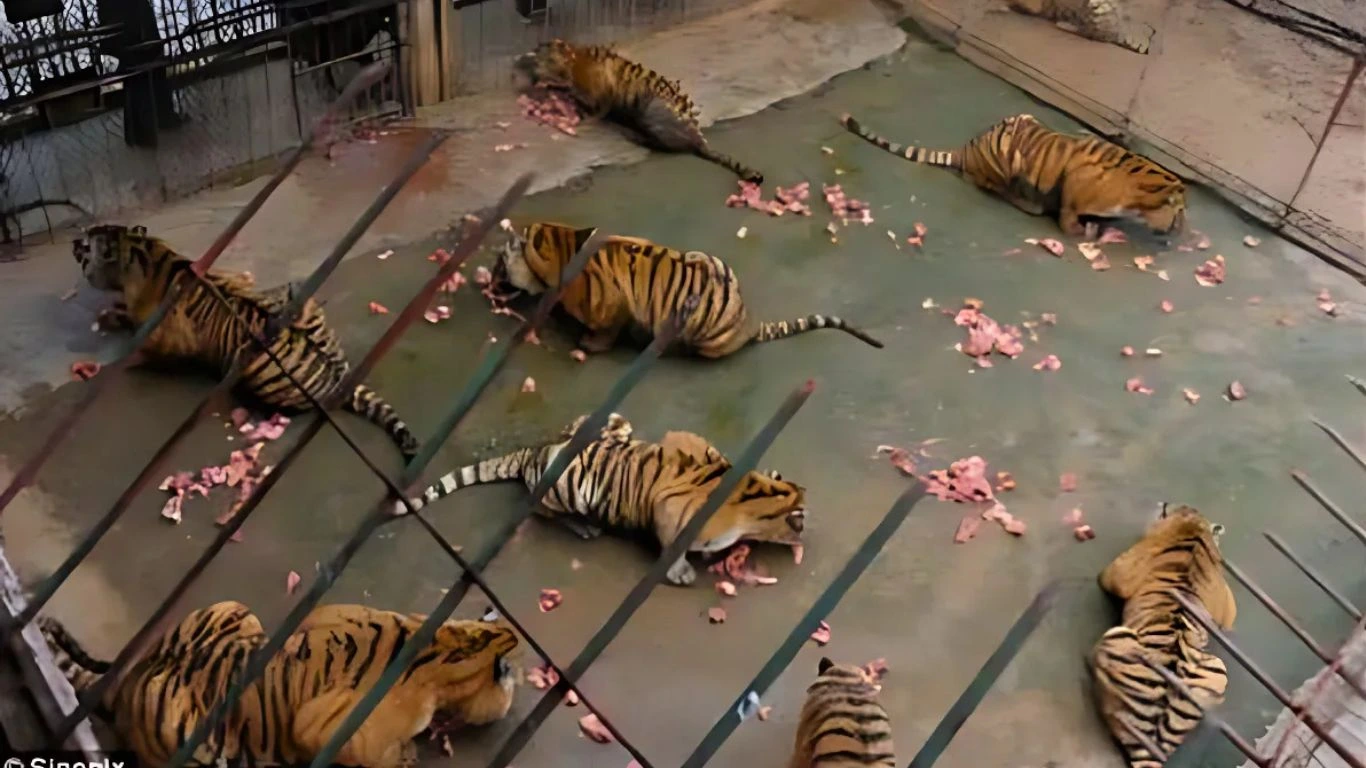
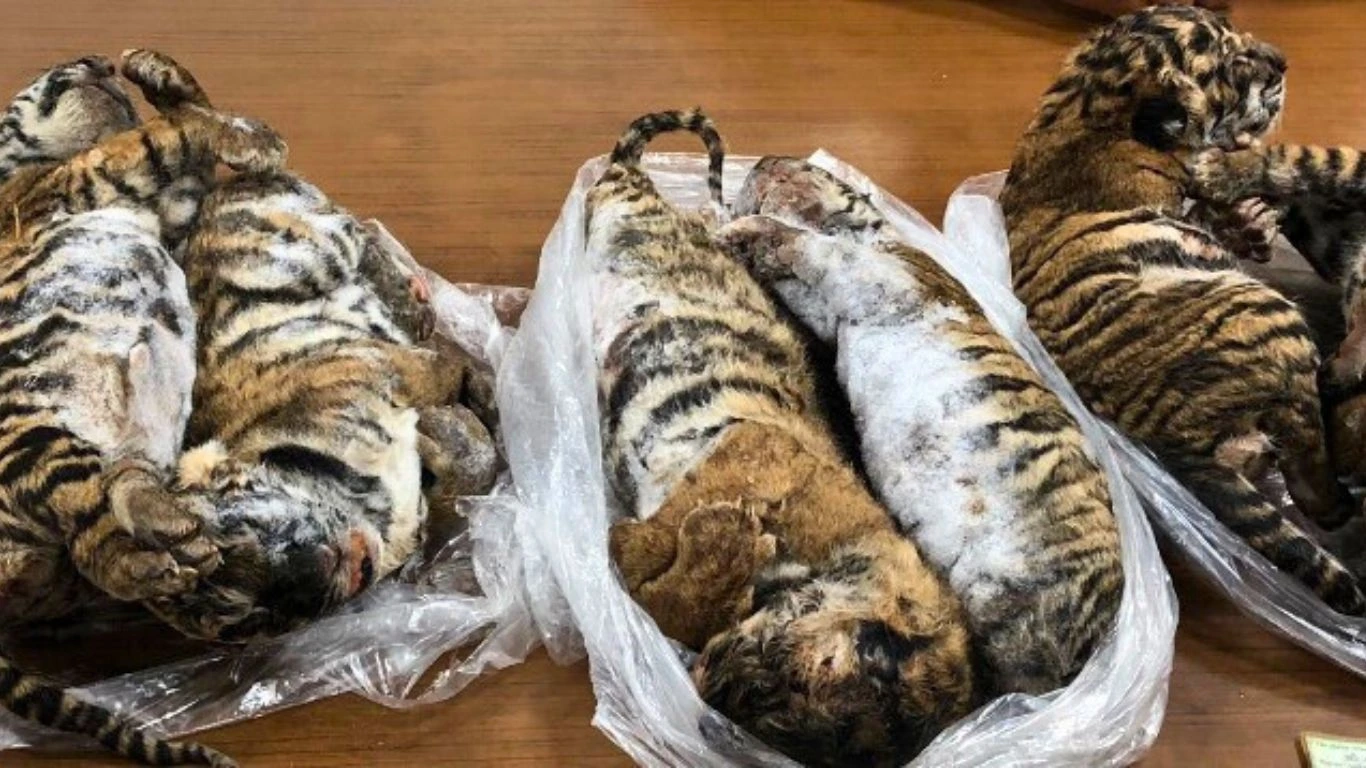
Where are tigers being bred?
Captive tiger breeding facilities exist in South Africa, China, Thailand, Laos, Vietnam and even Europe, in countries like Russia. These facilities are largely unregulated or, where laws do exist, they are poorly enforced.
Over 8,000 tigers are estimated to live in farms globally, compared to fewer than 6,000 in the wild – although it is likely that the number in captivity is significantly higher than estimated, as these numbers are not reported on.
What can be done to help curb the tiger bone industry?
Better conservation policy, law enforcement and demand reduction strategies are crucial to curbing this despicable trade.
Animal Survival International believes that all commercial breeding should be banned. Moreover, tigers need to be treated as protected species globally – including in countries where they are a non-native species. By aligning all national laws with the guidelines of the Convention on International Trade in Endangered Species of Wild Fauna and Flora (CITES), tiger farms should be phased out completely. Stricter penalties for breeders and traffickers, including significant jail time, would be an added deterrent.
Asian countries need to work much harder to dispel the myths around the use of animal products in pharmaceuticals, while encouraging the use of herbal and/or synthetic alternatives to tiger bones and other animal products. Pangolins, rhinos, elephants, lions, bears and species of deer are just some of the many animals widely slaughtered for their body parts for use in unproven traditional “cures.”
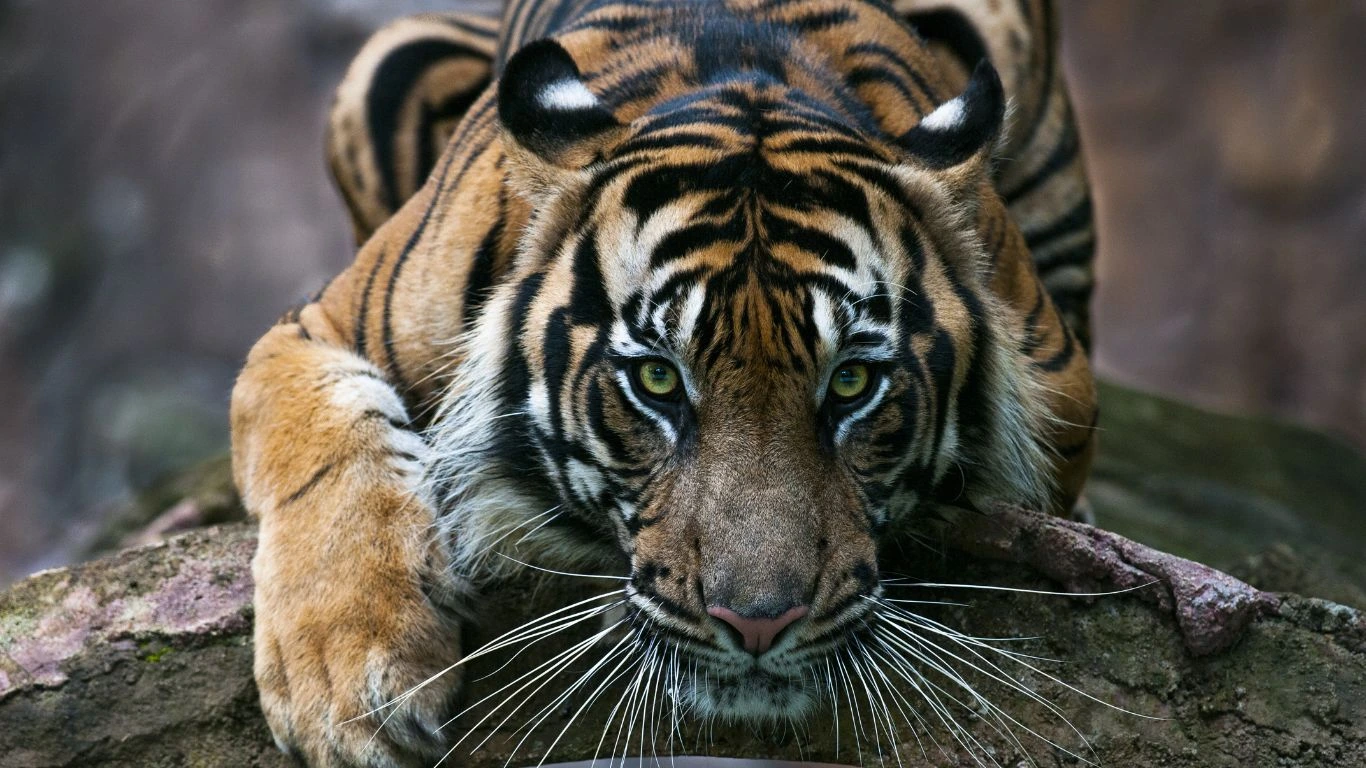
Currently, South Africa is developing new policies to restrict big cat farming, starting with a ban on all new wild animal farms. But even though this is a step in the right direction, there is much resistance to the new legislation, primarily from breeding and hunting sectors, and any changes are likely to be implemented very slowly.
Finally, it is vitally important that we work to protect and conserve wildlife habitats. ASI supports vital anti-poaching and habitat conservation initiatives in Africa, Asia and Europe. These projects not only protect vulnerable and endangered wildlife from poachers, but also help bring perpetrators to book. In countries like Zimbabwe, where we support multiple anti-poaching and conservation projects, convicted poachers face up to 18 years behind bars.
Read more about how ASI is working to help combat the illegal wildlife trade and what you can do to help.
